Shrimp feed
Shrimp feed
Features of the farmed shrimp feed company Kimiyagaran-e Taghziyeh
- One of the most important management areas in shrimp farming is nutrition management, which affects other aspects of management, both directly and indirectly.
- The feed produced in the company is formulated in such a way that with proper stability and consistency, it prevents the food from collapsing and dissolving in water and the food leaving the shrimp out of reach. Shrimp finds food at low speed and food with forks (chest legs) take the pereiopods(and slowly guide them towards them and gently chew them)
- Aware that the mechanism of food intake in shrimp is based on the sense of smell, the company uses good and quality raw materials such as fish meal, Wheat flour, wheat bran, soybean meal and fish oil, supplements, vitamins And Use of food absorbers(Attractant) And … causes the taste and smell with high shelf life in shrimp feed.

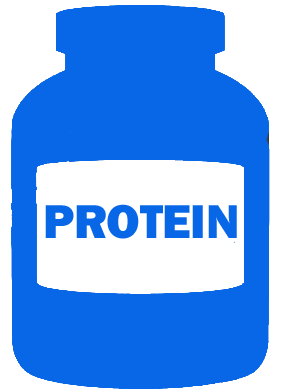
38-42
Protein (%)
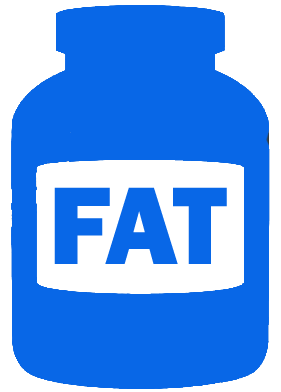
6-8
Crude fat (%)
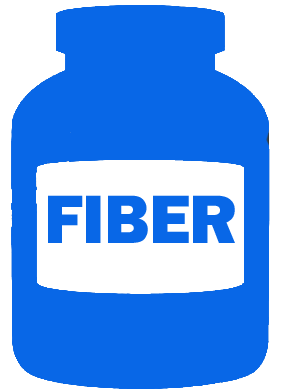
2-4
Crude fiber(%)
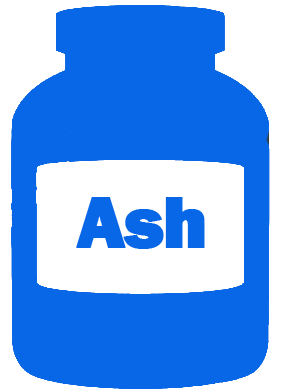
12
Maximum Ash (%)

10
Maximum Humidity (%)

3-2/4/
Feed size (mm)

From pl 1 to 10 g
Shrimp size
The company’s experts have defined three food groups for farming shrimp, taking into account their needs and nutritional physiology:
1- Kimiyagaran-e Taghziyeh’s Feed for the Starting Stage of the Shrimp:
Kimiyagaran-e Taghziyeh Company produces four types of starter feed (starter 0, starter 1, starter 2 and starter 3) One of the most significant areas of management in shrimp farming is nutrition management, which directly and indirectly affects all other aspects of management. Shrimp is a demersal animal that does not swim freely and usually resides at the bottom of the pool and occupies the floor (If shrimps are seen at the surface, it indicates a problem in water-related factors.). On the other hand, shrimps are usually omnivorous animals that prefer meat. Thus, the company has tried to produce a food that sink with proper level of protein. . This feed meets the needs of shrimps from the post-larval to the one-gram stage in different sizes and guarantees good production in farmed shrimps. For example, adding rich sources of chitin to shrimp feed satisfies the shrimps’ needs for chitin, especially in the ecdysis stage.
2- Shrimp Growth Stage Feed in Kimiyagaran-e Taghziyeh Company
Kimiyagaran-e Taghziyeh Company produced two feeds in the growth stage (Growth 1 and Growth 2). It is extremely important to pay attention to the dietary habits and mechanism to produce and formulize the feed. For example, given that shrimps have slow feeding mechanisms and process, Kimiyagaran-e Taghziyeh Company has formulized the feed with proper stability and consistency to prevent the dissolution or decay in the water which would have made the feed inedible for the shrimps. Being aware that shrimps use the sense of smell to locate food, the company uses high-quality raw materials such as fish meal, wheat flour, wheat bran, soybean meal and fish oil, supplements, vitamins and food absorbers (attractants) to produce high-durability taste and smell in shrimp feeds.
3- The Final Stage Shrimp Feed in Kimiyagaran-e Taghziyeh Company
Kimiyagaran-e Taghziyeh Company produces only one feed in the final stage. The company has taken into consideration the fact that the intestine or digestive part of shrimp is straight and short, and thus the food needs to be chopped sufficiently to increase the efficiency of digestion and absorption and be suitable for growth in the final stage. Generally, high-quality food and proper and scientific feeding plan along with the required equipment will increase the growth speed and high-production with minimum food consumption in shrimp farming. Therefore, the accurate selection of the food, feeding control, mechanization of farms and consequently reducing the food consumption rate (FCR) seem necessary for shrimp farming.
Physical characteristics and analyses of Sturgeon feeds
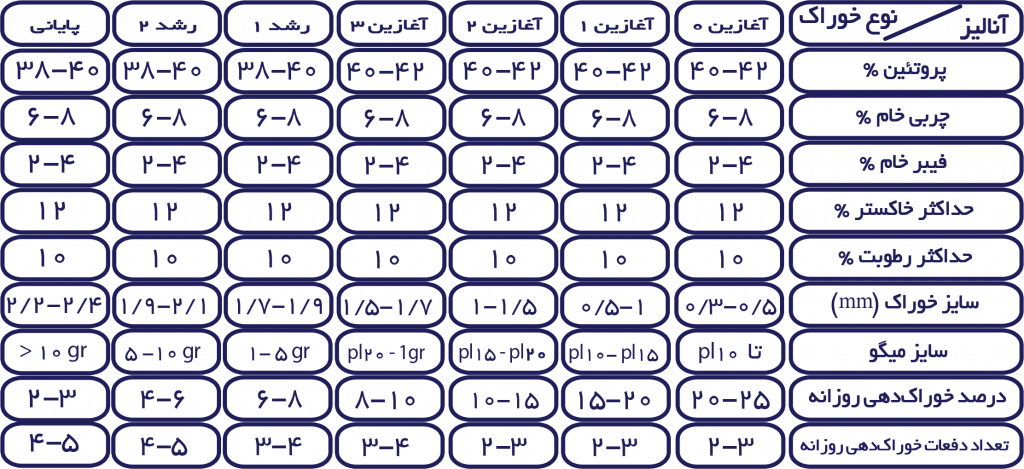
Note 1: The feeding times are highly associated with the oxygen percentage and the farm water temperature.
- One of the most important management areas in shrimp farming is nutrition management, which affects other aspects of management, both directly and indirectly.
- The feed produced in the company is formulated in such a way that with proper stability and consistency, it prevents the food from collapsing and dissolving in water and the food leaving the shrimp out of reach. Shrimp finds food at low speed and food with forks (chest legs) take the pereiopods(and slowly guide them towards them and gently chew them)
- Aware that the mechanism of food intake in shrimp is based on the sense of smell, the company uses good and quality raw materials such as fish meal, Wheat flour, wheat bran, soybean meal and fish oil, supplements, vitamins And Use of food absorbers(Attractant) And … causes the taste and smell with high shelf life in shrimp feed.
- The company has also tried to crush the food enough to increase digestion and absorption efficiency and achieve the desired growth, considering that the intestine or the digestive part of the food in shrimp is straight and short.
Generally Proper quality of shrimp food and proper and scientific feeding program along with the required equipment, causes the rapid growth of shrimp and high production with minimal food consumption in shrimp farming. Therefore, choosing the right shrimp feed, feeding control, mechanization of farms and consequently reducing the feed conversion ratio (FCR) It seems necessary for shrimp farming.
